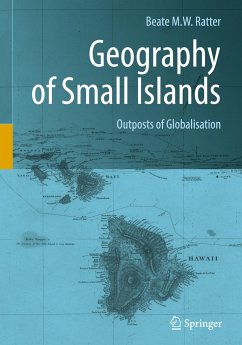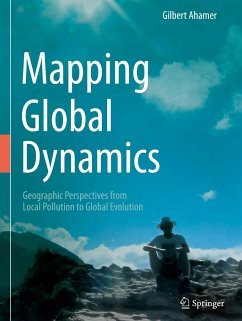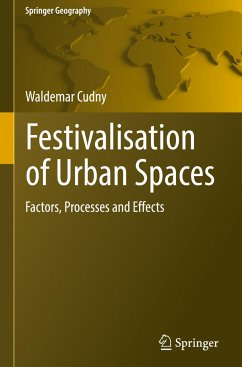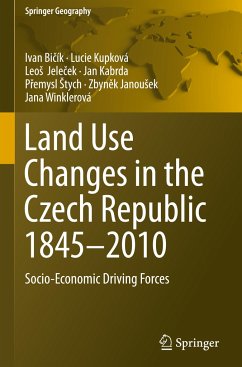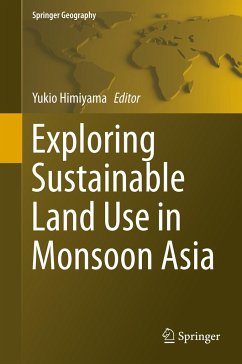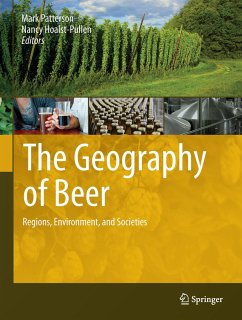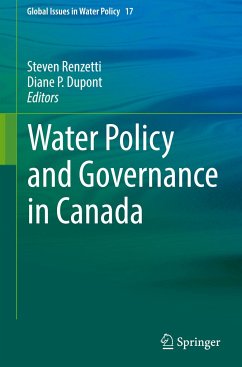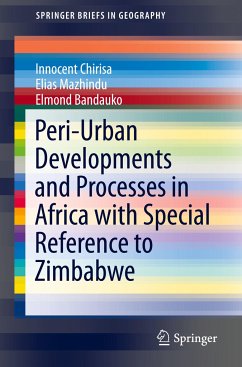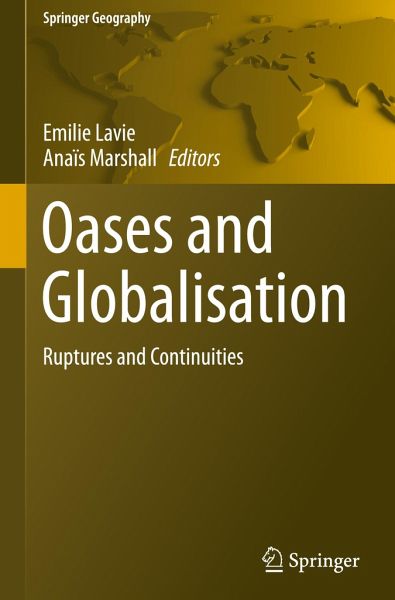
Oases and Globalization
Ruptures and Continuities
Herausgegeben: Lavie, Emilie; Marshall, Anaïs

PAYBACK Punkte
53 °P sammeln!
This book is a reference work about the study of oases in the context of globalization. It is based on selected papers presented at the international colloquium entitled Oases in the Globalization, Ruptures and Continuities in Paris (December 16-17th, 2013). The main issue was to understand how oases have been excluded from or included into the process of globalization.In this context, the present book proposes firstly a discussion about the definition(s) of oasis and secondly several case studies analysing socio-spatial mutations in the oasis structure. The third part deals with the compellin...
This book is a reference work about the study of oases in the context of globalization. It is based on selected papers presented at the international colloquium entitled Oases in the Globalization, Ruptures and Continuities in Paris (December 16-17th, 2013). The main issue was to understand how oases have been excluded from or included into the process of globalization.
In this context, the present book proposes firstly a discussion about the definition(s) of oasis and secondly several case studies analysing socio-spatial mutations in the oasis structure. The third part deals with the compelling globalization at different spatial scales, using two entries: the water management and local impacts of external control.
In this context, the present book proposes firstly a discussion about the definition(s) of oasis and secondly several case studies analysing socio-spatial mutations in the oasis structure. The third part deals with the compelling globalization at different spatial scales, using two entries: the water management and local impacts of external control.



